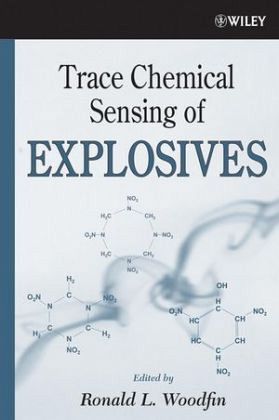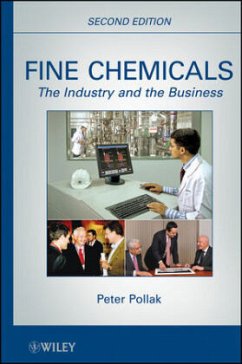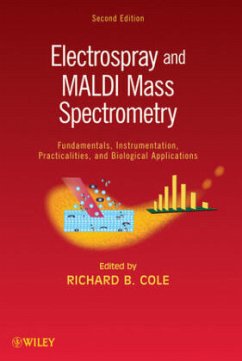
Trace Chemical Sensing of Explosives

PAYBACK Punkte
82 °P sammeln!
Trace Chemical Sensing of Explosives is the authoritative reference on the science and technologies associated with the chemical sensing of explosives in a wide variety of environments. This book describes the current state of chemical sensing of explosives and is designed to assist in the inclusion of chemical sensors within proposed systems, to inform and educate field workers who use such systems, and to provide a knowledge base those charged with purchasing such systems.
This timely book covers the most recent developments in the chemical detection of explosives in a variety of environments. Beginning with a broad view of the need for and the potential applications of chemical sensing, the book considers the issue of how to effectively include chemical sensing into systems designed to find hidden explosives devices. Offering a firsthand look at the latest technologies direct from those who are actively developing them, the book features:
_ A look at the history of the field, including the contributions of recent programs
_ A brief explanation of the chemistry of various explosives and differences in the place where they may be detected
_ An introduction to the problems presented by trace element sensing
_ An overview and comparison of the technologies currently being used and developed
_ Case studies of field experiences with chemical sensors
_ A look at the emerging threat of non-traditional explosives
This book is an important reference for explosives engineers, systems engineers involved in the development of related devices, government agencies and NGOs involved in demining efforts, military and law enforcement specialists in mines and explosive ordinance disposal (EOD), as well as environmental scientists and chemists involved in explosives research.
In addition to providing field workers with knowledge that will help them decide where and how to search for explosives using chemical sensors. It will provide them with an understanding of the potential and the limitations of chemical sensing in their search for and identification of dangerous devices.
_ A look at the history of the field, including the contributions of recent programs
_ A brief explanation of the chemistry of various explosives and differences in the place where they may be detected
_ An introduction to the problems presented by trace element sensing
_ An overview and comparison of the technologies currently being used and developed
_ Case studies of field experiences with chemical sensors
_ A look at the emerging threat of non-traditional explosives
This book is an important reference for explosives engineers, systems engineers involved in the development of related devices, government agencies and NGOs involved in demining efforts, military and law enforcement specialists in mines and explosive ordinance disposal (EOD), as well as environmental scientists and chemists involved in explosives research.
In addition to providing field workers with knowledge that will help them decide where and how to search for explosives using chemical sensors. It will provide them with an understanding of the potential and the limitations of chemical sensing in their search for and identification of dangerous devices.












